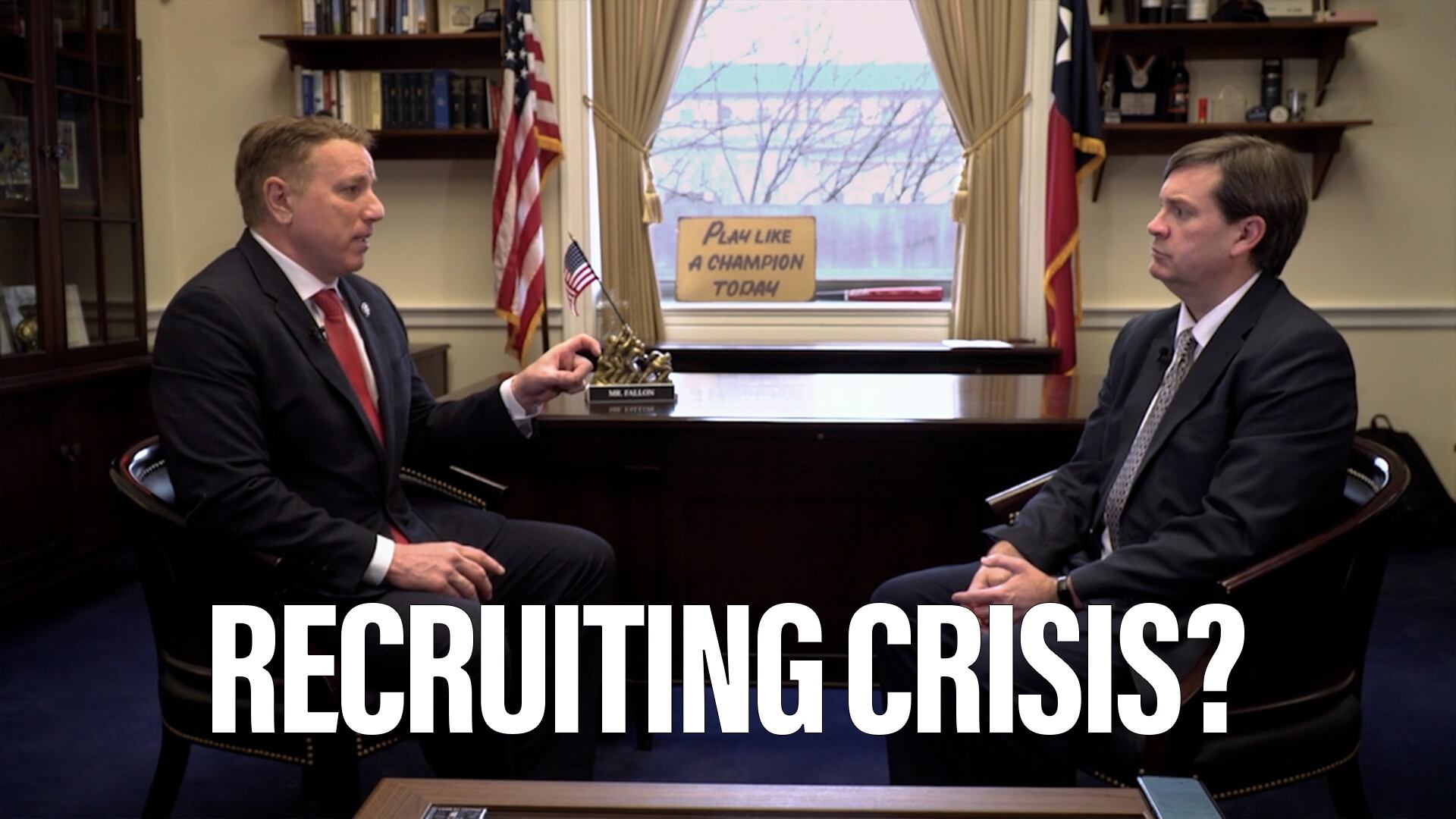Despite budget pressures, Marine Corps Forces Reserve will continue to offer exciting deployment opportunities, conduct large-scale exercises and close in on manpower targets as its leaders work to keep reservists busy in a post-war operating environment.
As active-duty forces wound down their combat operations abroad, they took back some missions the Reserve was handling, like Black Sea Rotational Force in Romania. But there are still plenty of gaps at home and abroad where reservists are needed, providing ample opportunity to keep them "off the shelf" in the years ahead, said recently departed MARFORRES commander Lt. Gen. Richard Mills, who handed command to Lt. Gen. Rex McMillian in September.
"We fill a unique roll among all Reserve components in the U.S. military," Mills said. "...During 14 years of conflict we were very active in Iraq and Afghanistan. We want to continue that same momentum."
That means Marine reservists can volunteer to deploy to Africa, the Middle East and Latin America in 2016, Mills said.
"We're not going to rip anybody out of their job or home, but we are taking volunteers," he said.
Deployments will include serving as the command element for African Lion 2016, a multi-national exercise conducted with North African allies. Additionally, this October, the Reserve will send 350 Marines to Trident Juncture, according to Capt. Andrew Chrestman, a Reserve spokesman. It will be the largest NATO exercise in more than a decade.
On the larger end of operations, the Reserve will take over the Special-Purpose Marine Air-Ground Task Force–South mission, currently based out of Honduras, said Brig. Gen. Eric Smith, the commander of Marine Corps Forces South. That will include about 300 reservists, Chrestman said.

Cpl. Colton Derick, a rifleman with 1st Battalion, 23rd Marines, lays down for cover during a simulated enemy explosion. The Reserve unit was conducting an integrated training exercise in California's Mojave Desert.
Photo Credit: Cpl. Ian Ferro/Marine Corps
Reservists can also expect to head to Japan, Mills said, as part of the Corps' Unit Deployment Program, which sends Marines to Okinawa on six-month rotations. Marine Fighter Attack Squadron 112, based in Fort Worth, Texas, deployed to Okinawa last year with F/A-18s. By 2017, the Reserve will send up to a battalion-size element to Japan, Mills added, which could include detachments of Marine aviators or maintainers.
The Reserve will also continue to conduct its annual, two–week Integrated Training Exercise at Marine Corps Air Ground Combat Center Twentynine Palms, California, which is slated for mid-June despite budget cuts affecting some training programs across the Corps.
"The training money is OK [for the Reserve]," Mills said. "We are able to maintain."
On the aviation front, the Virginia-based Marine Medium Helicopter Squadron 774 will receive the first of its 12 MV-22 Osprey aircraft in January. It will first be redesignated as Marine Medium Tiltrotor Squadron 774 on Oct. 1, Chrestman said. That will give the Reserve two Osprey squadrons.
On the manpower front, the Reserve is edging in on its goals not just in end strength, but in having Marines with the right military occupational specialties in the right billets. It is at about 80 percent "MOS match," with plans to hit 90 percent in the near future, Mills said, putting it ahead of any other component in the Marine Corps.
The Reserve has been able to do that, in part, by offering a number of incentives to entice skilled Marines pushed out of the active-duty force during the drawdown.
"I think what I'm excited about is being able to harvest a lot of the talent that is coming out of the active service," Mills said.
Marines joining the Reserve can expect to continue to see some affiliation bonuses, cutting score bonuses, and incentives to cover costs for those willing to travel to drill, Mills said.








